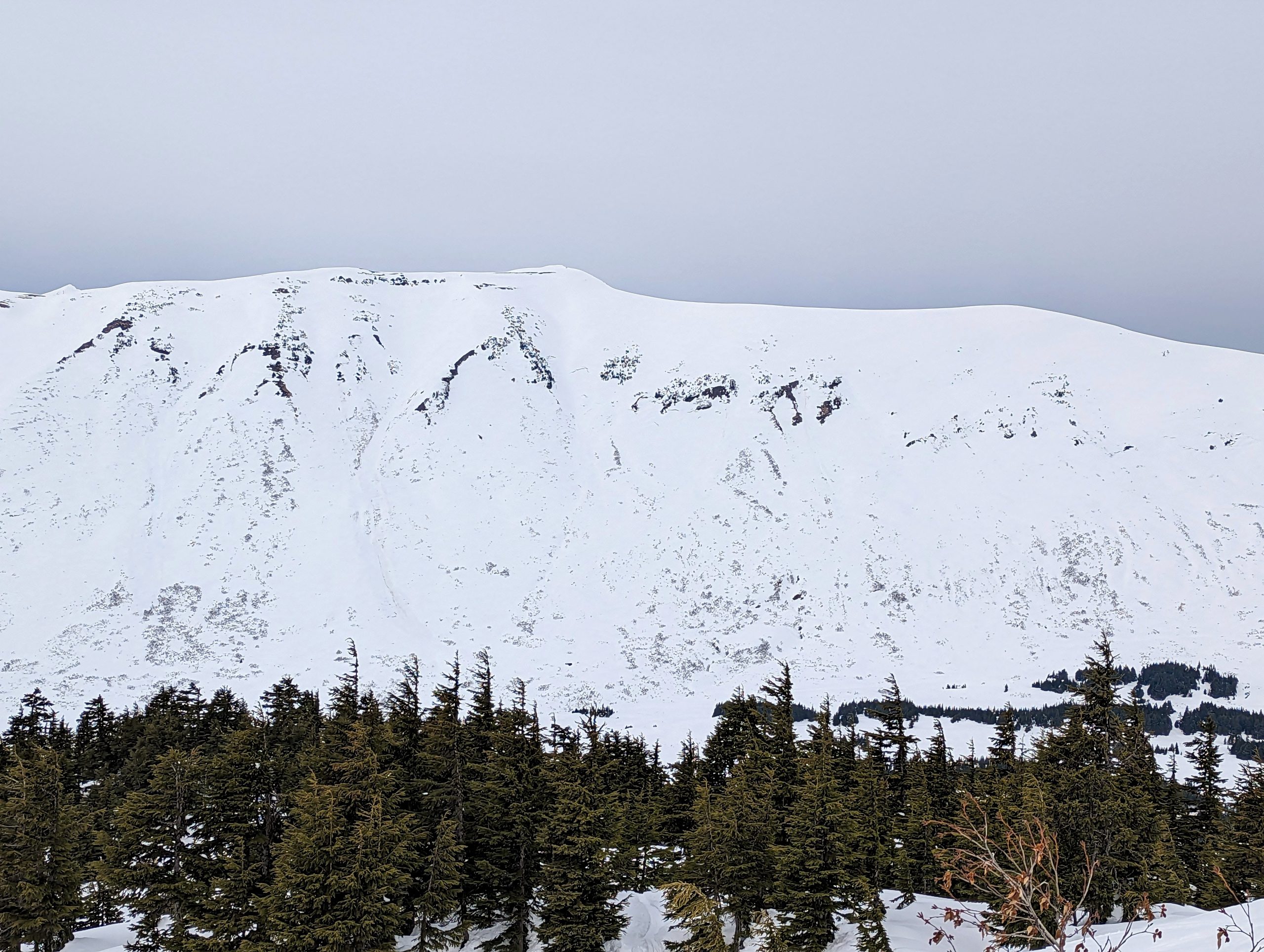Turnagain Pass
|
|
The avalanche danger will start out MODERATE and rise to CONSIDERABLE above 2500′ as strong winds pick up this afternoon. On northerly aspects there is a buried weak layer of facets about 1-2′ deep that could become more sensitive to human triggers in areas being actively wind loaded. From 2500′ to 1000′ the avalanche danger is MODERATE. Temperatures reaching into the 40s F today combined with potential for rain up to 1300′ this evening will make wet loose avalanches likely. Below 1000′ the avalanche danger is LOW.
PORTAGE VALLEY: Avalanches failing at mid and upper elevations often impact the low-elevation hiking trails in the spring. Be aware of this overhead hazard even if you are not trying to get up high into the mountains.
End of season operations: This is the final advisory for the 2022/23 winter season. We will continue to issue periodic snowpack updates for the following week as active weather continues, and will post our final springtime tips at the end of the week.


